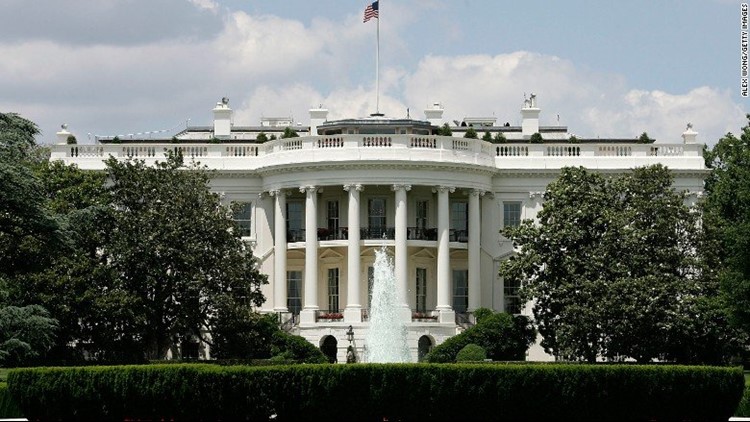WASHINGTON, D.C. — Pennsylvania will receive almost $56 million in federal grant money over the next three years to combat the opioid crisis as part of new funding announced Wednesday by the Trump Administration.
California is the only state that will receive more grant money over that time period.
The Keystone State will receive $55,928,733 to advance the understanding of the opioid overdose epidemic and to scale-up prevention and response activities, the administration announced.
The Substance Abuse and Mental Health Services Administration awarded approximately $932 million to all 50 states as part of its State Opioid Response grants. By the end of 2019, HHS will have awarded more than $9 billion in grants to states and local communities to help increase access to treatment and prevention services since the start of the Trump administration.
“Thanks to President Trump’s leadership and the hard work of so many Americans in local communities, we are beginning to win the battle against the opioid overdose crisis,” said HHS Secretary Alex Azar in a press release. “Our country is seeing the first drop in overdose deaths in more than two decades, more Americans are getting treatment for addiction, and lives are being saved. At the same time, we are still far from declaring victory. We will continue executing on the Department’s 5-Point strategy for combating the opioid crisis, and laying the foundation for a healthcare system where every American can access the mental healthcare they need.”
As part of HHS’s strategy to combat the opioid crisis, the Center for Disease Control and Prevention is committed to preventing opioid misuse, overdose, and death and is disseminating resources, messages, and funding. This funding from CDC will help state and local governments track overdose data as closely to real-time as possible and support them in work to prevent overdoses and save lives. Funding for the first year is being awarded to 47 states, Washington, D.C., 16 localities, and two territories.
Over the past decade, reporting of mortality data has improved substantially, mainly due to improvements in reporting by state vital records offices. CDC has worked diligently to provide financial and technical assistance to help improve the quality, timeliness, and specificity of surveillance data in states and communities across the nation, and these funds will continue to support this critical work. States may report nonfatal data as quickly as every two weeks and report fatal data every six months.
The State Opioid Response grants from the Substance Abuse and Mental Health Services Administration provide flexible funding to state governments to support prevention, treatment, and recovery services in the ways that meet the needs of their state. HHS has worked to ensure that this grant program, made possible by funding President Trump secured from Congress in 2018, is focused on providing evidence-based treatment, including the gold standard for treating opioid addiction: medication-assisted treatment. These grants have been awarded to all 50 states, Washington, D.C., and U.S. territories. In addition to the approximately $500 million released earlier this year, SAMHSA released $932 million in continuation funding to support the second year of the State Opioid Response program.
These grants come after the Health Resources and Services Administration, in August, awarded nearly $400 million in grants to community health centers, rural organizations, and academic institutions to help them establish and expand access to substance abuse and mental health services.



